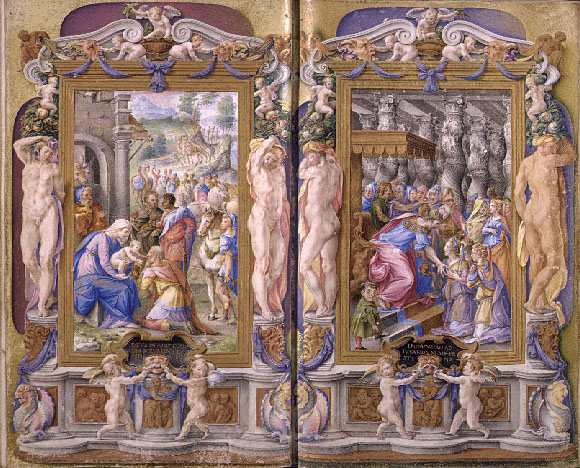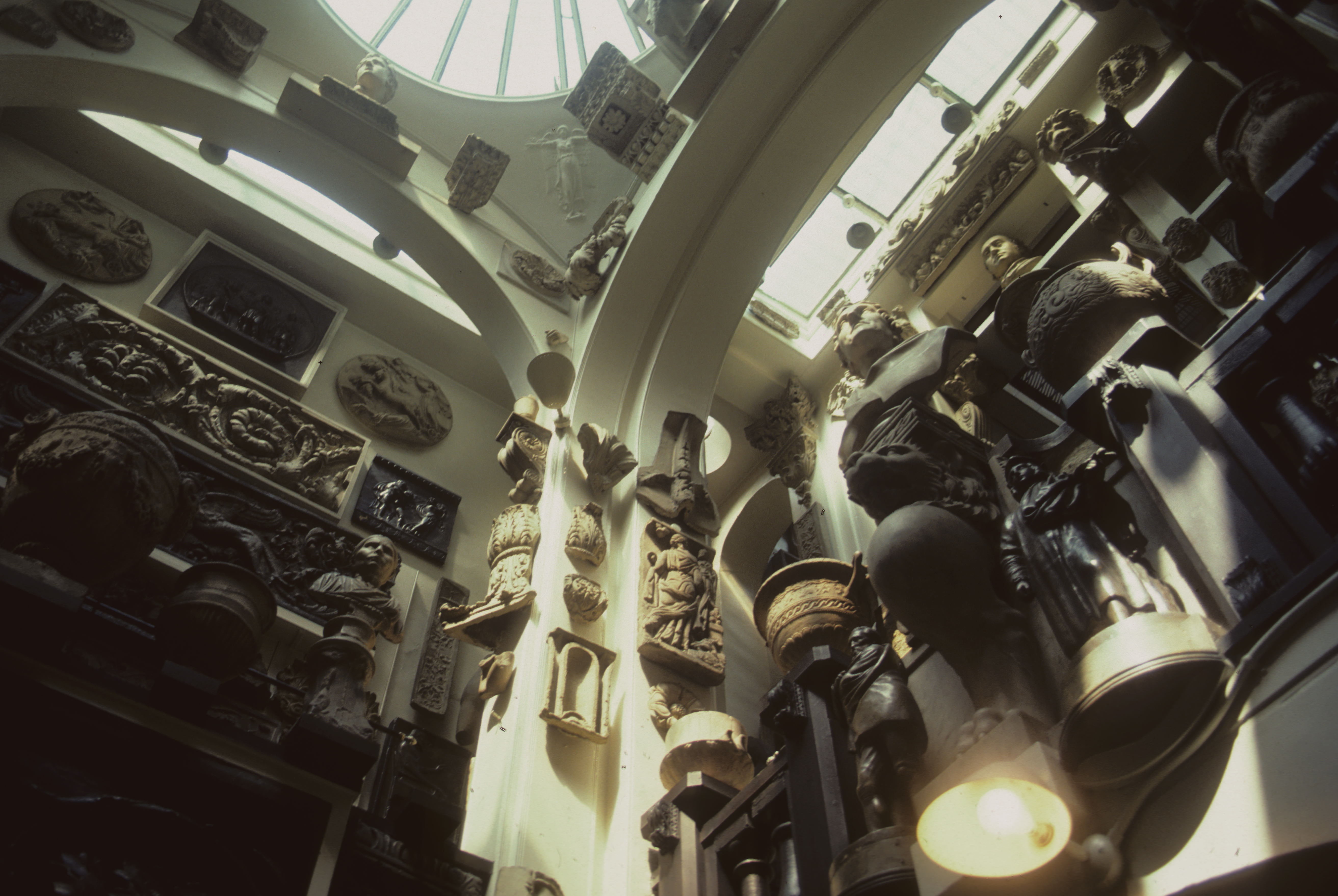|
Giulio Clovio
Giorgio Giulio Clovio or Juraj Julije Klović (1498 – 5 January 1578) was an illuminator, miniaturist, and painter born in the Kingdom of Croatia, who was mostly active in Renaissance Italy. He is considered the greatest illuminator of the Italian High Renaissance, and arguably the last very notable artist in the long tradition of the illuminated manuscript, before some modern revivals. Biography Giulio Clovio was born in Grižane, a village in Kingdom of Croatia (today's Croatia),The Life and Works of Giorgio Giulio Clovio, Miniaturist: with notices of his contemporaries, and of the art of decoration in the Sixteenth Century - by John William Bradley – 1891 He came from a Croatian family. Bradley, 2004 (reprint), pp. 368–369 and he is known as ''Clovio Croata.'' It is not known where he had his early training, but he may have studied art with monks at Rijeka of Novi Bazar when he was young. He moved to Italy at age 18 and entered the household of Cardinal Marino Gri ... [...More Info...] [...Related Items...] OR: [Wikipedia] [Google] [Baidu] |
Portrait Of Giulio Clovio
''Portrait of Giulio Clovio'' is a c.1571 painting by El Greco. It was commissioned by cardinal Alessandro Farnese during the artist's stay in Rome. It formed part of the Farnese collection. Charles of Bourbon inherited it in 1734 and moved it to Naples, where it now hangs in the Museo nazionale di Capodimonte. Its subject Giulio Clovio (born 1498, Croatia) was a noted miniaturist, called "the Michelangelo of the miniature" by Giorgio Vasari Giorgio Vasari (, also , ; 30 July 1511 – 27 June 1574) was an Italian Renaissance Master, who worked as a painter, architect, engineer, writer, and historian, who is best known for his work ''The Lives of the Most Excellent Painters, Sculpt .... He had helped El Greco settle in Rome. He is shown holding his most famous text, the ''Libro d'Ore della Vergine''. In the background is a landscape and a stormy sky. Bibliography * J. Álvarez Lopera, ''El Greco'', Madrid, Arlanza (2005), Biblioteca «Descubrir el Arte», (colección «Gr ... [...More Info...] [...Related Items...] OR: [Wikipedia] [Google] [Baidu] |
Farnese Hours
The Farnese Hours is an illuminated manuscript created by Giulio Clovio for Cardinal Alessandro Farnese in 1546. Considered the masterpiece of Clovio, this book of hours is now in the possession of the Morgan Library & Museum in New York City. It contains religious stories (both Biblical and apocrypha Apocrypha are works, usually written, of unknown authorship or of doubtful origin. The word ''apocryphal'' (ἀπόκρυφος) was first applied to writings which were kept secret because they were the vehicles of esoteric knowledge considered ...l), and illustrations with architectural borders and classical nudes. Notes {{Commons category Illuminated books of hours 1546 books Collection of the Morgan Library & Museum 1546 in art ... [...More Info...] [...Related Items...] OR: [Wikipedia] [Google] [Baidu] |
Francisco De Hollanda
Francisco de Holanda (originally ''Francisco d'Olanda;'' 6 September 1517 – 19 June 1585) was a Portuguese court painter and sculptor for King John III of Portugal, and later for Sebastian of Portugal. He wrote what is regarded as the first treatise on portrait painting in Europe, '' Do tirar polo natural'' (1549). He is considered to be one of the most important figures of the Portuguese Renaissance, also being an essayist, architect and historian. He represented the intelligible reality of the Holy Trinity through a "hypothetical" syntax of geometrical figures. He insisted on the contrast between the ideal plane, the incorporeal form and the "imperfect copy in the terrestrial zone". His visual language demonstrated a mixture of Neoplatonism, Christian Kabbalah and finally Lullism. In education, Francisco de Holanda emphasized mathematics and geometry, subsequently anticipating Clavius's reforms of the late 16th century. Sylvie Deswarte said that "Francisco de Holanda gives a p ... [...More Info...] [...Related Items...] OR: [Wikipedia] [Google] [Baidu] |
Soane Museum
Sir John Soane's Museum is a house museum, located next to Lincoln's Inn Fields in Holborn, London, which was formerly the home of neo-classical architect, John Soane. It holds many drawings and architectural models of Soane's projects, and a large collection of paintings, sculptures, drawings and antiquities that he acquired over many years. The museum was established during Soane's own lifetime by a Private Act of Parliament in 1833, which took effect on his death in 1837. Soane engaged in this lengthy parliamentary campaign in order to disinherit his son, whom he disliked intensely. The act stipulated that on Soane's death his house and collections would pass into the care of a Board of Trustees, acting on behalf of the nation, and that they would be preserved as nearly as possible exactly in the state they were at his death. The museum's trustees remained completely independent, relying only on Soane's original endowment, until 1947. Since then, the museum has received an a ... [...More Info...] [...Related Items...] OR: [Wikipedia] [Google] [Baidu] |
Perugia
Perugia (, , ; lat, Perusia) is the capital city of Umbria in central Italy, crossed by the River Tiber, and of the province of Perugia. The city is located about north of Rome and southeast of Florence. It covers a high hilltop and part of the valleys around the area. The region of Umbria is bordered by Tuscany, Lazio, and Marche. The history of Perugia goes back to the Etruscan period; Perugia was one of the main Etruscan cities. The city is also known as the University, universities town, with the University of Perugia founded in 1308 (about 34,000 students), the University for Foreigners Perugia, University for Foreigners (5,000 students), and some smaller colleges such as the Academy of Fine Arts "Pietro Vannucci" ( it, Accademia di Belle Arti "Pietro Vannucci") public athenaeum founded in 1573, the Perugia University Institute of Linguistic Mediation for translators and interpreters, the Music Conservatory of Perugia, founded in 1788, and other institutes. Perugia ... [...More Info...] [...Related Items...] OR: [Wikipedia] [Google] [Baidu] |



